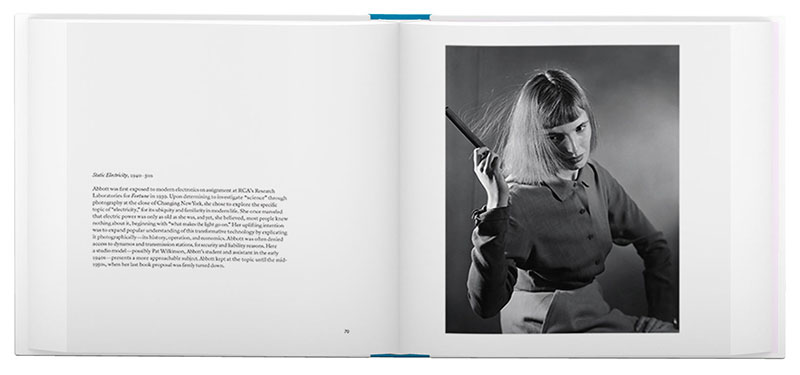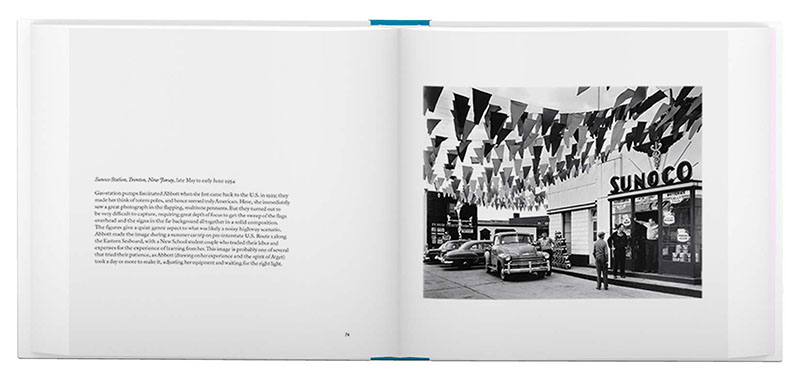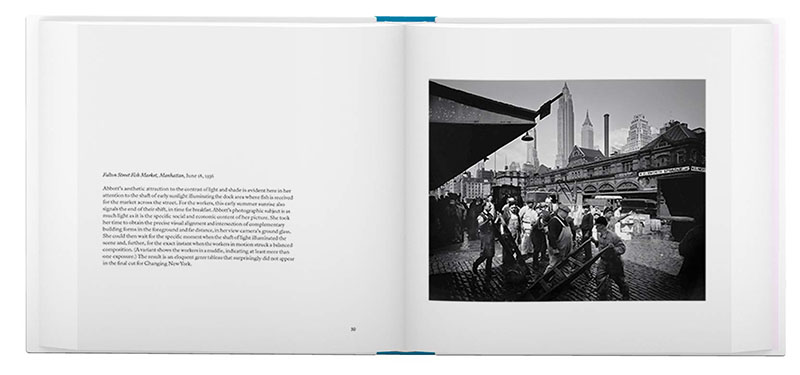Berenice Abbott: Aperture Masters of Photography
$18.95
Out of stock
In this redesigned and expanded version of a classic Aperture book, the work of Berenice Abbott (1898-1991) is introduced by historian Julia Van Haaften, and includes new, image-by-image commentary and a chronology of this artist’s life. An innovative documentary photographer, Abbott pioneered the depiction of scientific subject matter and photographed the fast-changing landscape of her…
Get an alert when the product is in stock:
Format: Hardback
Number of pages: 96
Publication date: 2015-07-28
Measurements: 8.3 x 8.2 x 0.6 inches
ISBN: 9781597113120
Berenice Abbott was a pioneer of documentary photography. A tireless proponent of realism, she achieved distinction within several genres of photography, over successive periods of her career. In France in the 1920s she assisted Man Ray in his portrait studio before setting out on her own. Her distinctive portraits made during the ’20s captured artists in Paris with a timeless dignity. Her subjects included photographer Eugène Atget, whose reputation today results from Abbott’s recognition and advocacy of his work. Moving back to New York in 1929, she immersed herself for a decade in documenting the city, publishing Changing New York in 1939. These became the photographs for which she is best known and loved. She went on to develop a serious interest in the documentation and visualizing of scientific phenomena, including as picture editor for Science Illustrated. For her last series, on U.S. Route 1, and Maine, Abbott returned to a more traditional documentary language. Abbott died in Monson, Maine, in 1991.
Berenice Abbott was a pioneer of documentary photography. A tireless proponent of realism, she achieved distinction within several genres of photography, over successive periods of her career. In France in the 1920s she assisted Man Ray in his portrait studio before setting out on her own. Her distinctive portraits made during the ’20s captured artists in Paris with a timeless dignity. Her subjects included photographer Eugène Atget, whose reputation today results from Abbott’s recognition and advocacy of his work. Moving back to New York in 1929, she immersed herself for a decade in documenting the city, publishing Changing New York in 1939. These became the photographs for which she is best known and loved. She went on to develop a serious interest in the documentation and visualizing of scientific phenomena, including as picture editor for Science Illustrated. For her last series, on U.S. Route 1, and Maine, Abbott returned to a more traditional documentary language. Abbott died in Monson, Maine, in 1991.
Julia Van Haaften is a prolific writer and curator. She most recently curated Berenice Abbott: Photography and Science (2012) for the MIT Museum, which traveled to Moscow’s Multimedia Art Museum.















